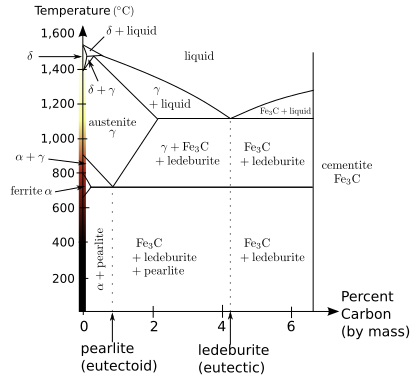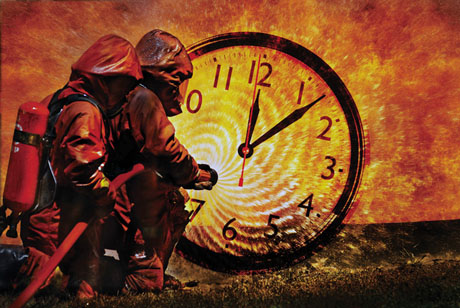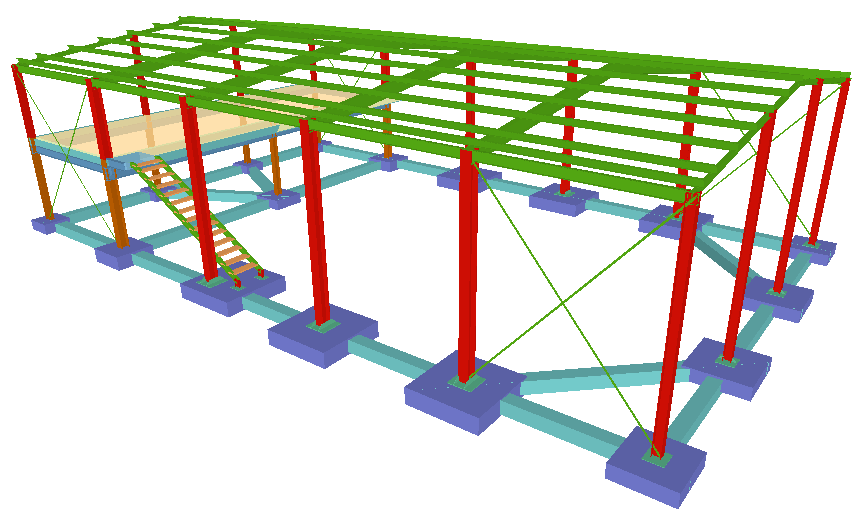It´s an interesting video training about how to use the use hose for fire services. Enjoy!
Etiqueta: fire
First point to consider in fires of steel-framed buildings (2/11)
The time
Tic, tac, tic, tac…The bell rings and the firefighters go to the fire but, for how long has been the fire running?
This is the most important question we have to ask ourselves when we go to fire in a steel-framed buildings.
We can estimate approximately when the fire has started but it depends if it occurs in the morning, in the afternoon, in the evening or at night. The most difficult task is estimate the fire time at night.
But how could we try to prevent an accident and save our lives in steel framed buildings?
Firstly, I’m going to analyse the steel composition in order to know how the material behaviour is in high temperatures.
Analyzing steel composition
Creep Strength
The high temperature strength of materials is generally expressed in terms of their «creep strength» – the ability of the material to resist distortion over long term exposure to a high temperature. In this regard the austenitic stainless steels are particularly good also stipulate allowable working stresses of each grade at a range of temperatures. The low carbon versions of the standard austenitic grades (Grades 304L and 316L) have reduced strength at high temperature so are not generally used for structural applications at elevated temperatures. «H» versions of each grade (eg 304H) have higher carbon contents for these applications, which results in significantly higher creep strengths. «H» grades are specified for some elevated temperature applications.

Both martensitic and precipitation hardening families of stainless steels have high strengths achieved by thermal treatments; exposure of these grades at temperatures exceeding their heat treatment temperatures will result in permanent softening, so again these grades are seldom used at elevated temperatures.
Structural Stability
The problem of grain boundary carbide precipitation was discussed under intergranular corrosion. This same phenomenon occurs when some stainless steels are exposed in service to temperatures of 425 to 815°C, resulting in a reduction of corrosion resistance which may be significant. If this problem is to be avoided the use of stabilised grades such as Grade 321 or low carbon «L» grades should be considered.
A further problem that some stainless steels have in high temperature applications is the formation of sigma phase. The formation of sigma phase in austenitic steels is dependent on both time and temperature and is different for each type of steel. In general Grade 304 stainless steel is practically immune to sigma phase formation, but not so those grades with higher chromium contents (Grade 310) with molybdenum (Grades 316 and 317) or with higher silicon contents (Grade 314). These grades are all prone to sigma phase formation if exposed for long periods to a temperature of about 590 to 870°C. Sigma phase embrittlement refers to the formation of a precipitate in the steel microstructure over a long period of time within this particular temperature range. The effect of the formation of this phase is to make the steel extremely brittle and failure can occur because of brittle fracture. Once the steel has become embrittled with sigma it is possible to reclaim it by heating the steel to a temperature above the sigma formation temperature range, however this is not always practical. Because sigma phase embrittlement is a serious problem with the high silicon grade 314, this is now unpopular and largely replaced by high nickel alloys or by stainless steels resistant to sigma phase embrittlement, particularly 2111HTR (UNS S30815). Grade 310 is also fairly susceptible to sigma phase formation in the temperature range 590 to 870°C, so this «heat resistant» grade may not be suitable for exposure at this comparatively low temperature range and Grade 321 is often a better choice.
In the following video we can see how the structural stability is affected and finally the building collapse.
[youtube]8XMTALBYRNA[/youtube]
Environmental Factors
Other factors which can be important in the use of steels for high temperature applications are carburisation and sulphidation resistance. Sulphur bearing gases under reducing conditions greatly accelerate the attack on stainless alloys with high nickel contents. In some instances Grade 310 has given reasonable service, in others grade S30815, with a lower nickel content is better, but in others a totally nickel-free alloy is superior. If sulphur bearing gases are present under reducing conditions it is suggested that pilot test specimens be first run under similar conditions to determine the best alloy.
Thermal Expansion
A further property that can be relevant in high temperature applications is the thermal expansion of the particular material. The coefficient of thermal expansion is expressed in units of proportional change of length for each degree increase in temperature, usually x10-6/°C, μm/m/°C, or x10-6cm/cm/°C, all of which are identical units. The increase in length (or diameter, thickness, etc) can be readily calculated by multiplying the original dimension by the temperature change by the coefficient of thermal expansion. For example, if a three metre long Grade 304 bar (coefficient of expansion 17.2 μm/m/°C) is heated from 20°C to 200°C, the length increases by:
3.00 x 180 x 17.2 = 9288 μm = 9.3 mm
The coefficient of thermal expansion of the austenitic stainless steels is higher than for most other grades of steel.
Analyzing the Cardington Test
In the slide 31, we can see that the highest temperature was achieved in 57 minutes, if I know exactly when the fire started I can find out approximately which the structure situation is. But if I don’t know this task and I have to go into the building to rescue a person, how could I do this with security? In that case we will need to be able to read the structure signals.
Thermo-cameras
Thermo-cameras are frequently used in firefighter services, we can use this great tool to analyse the structure situation.

The slide 32 show how can we notice the difference between heating and cooling, the squares of the structure are the last part of the structure in heating and the last in cooling, in fact we can estimate what phase occurs at the moment. Moreover, with the thermo-camera we can see which the beam temperature is and know how it is affected.
But it isn’t enough to determinate the security into the structure, there are other points we must be able to evaluate to guarantee the success in this kind of emergency, we will see the second point in the next post. Please leave your comment, I would be grateful for your feedback.
Source: Atlas Steels Australia
10 points to consider in fires of steel-framed buildings (1/11)

The Cardington Fire Tests were a series of large-scale fire tests conducted in real steel-framed structures at the village of Cardington, Bedfordshire, England.
Funded by the Secretary of State for the Environment, Transport and the Regions Partners in Technology, the BRE Centre for Fire Safety Engineering (previously the Structures in Fire Group) at the University of Edinburgh conducted the experimental series in 2000. After the test, the group conducted extensive computational and analytical studies of the behaviour of steel-framed composite structures in fire conditions. This work was undertaken in collaboration with the Corus Group and Imperial College London.
In the following video you can see a sequence of the test in 2003.
[youtube]iFhjTUuD5Vc[/youtube]
the next slides show a resume of this work and which are the hot points of this research.
This research is very important for firefighters as they can know approximately how long they will be able to stay into the structure before it collapses. But… Which are the most important points you should consider to make ready this attack? Leave your comment.
Links: Cardington test reports , The Cardington and Broadgate Fires.
PPA, positive pressure attack
Today I want to share some documents about tactical ventilation, the author (Arturo Arnalich) works as a Battalion Chief in Guadalajara Fire Service in Spain and he has done a great work related with this task. We can see two *.ppt about positive pressure ventilation (English and Spanish version), and a document that he wrote for «fuego» magazine, a Spanish famous magazine about fire engineering and firefighting.
If you are interested in sharing any information about this task I will appreciate your collaboration. In anycase you can leave your comments in this site.
PPA English version.
PPA Spanish version.



